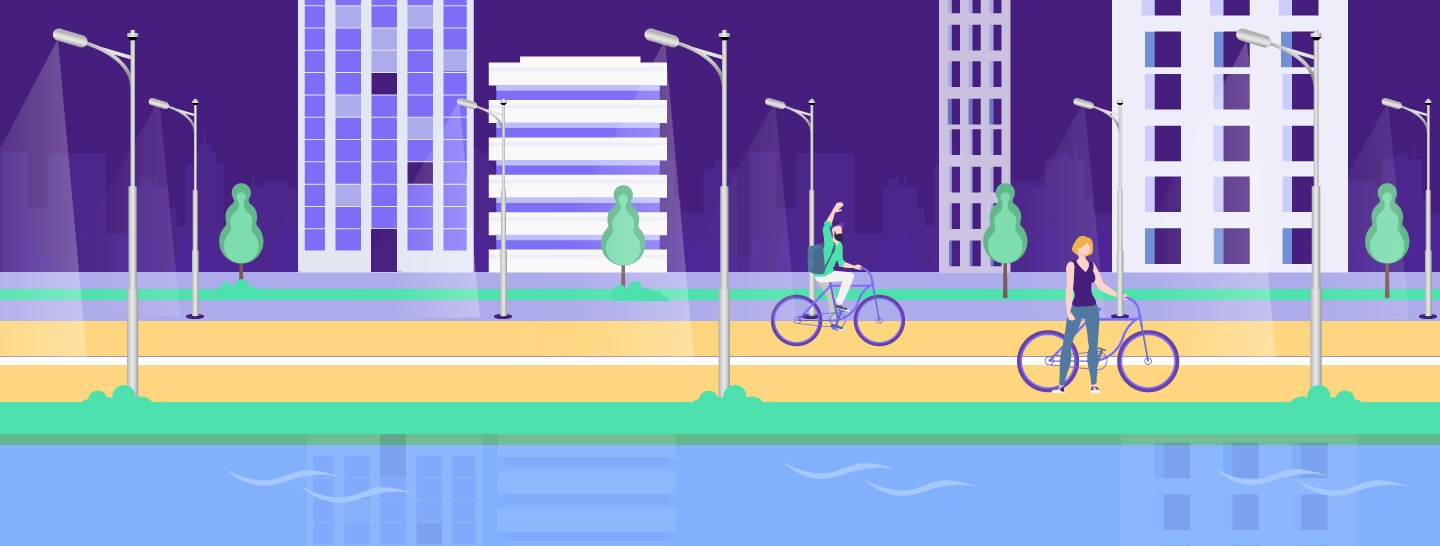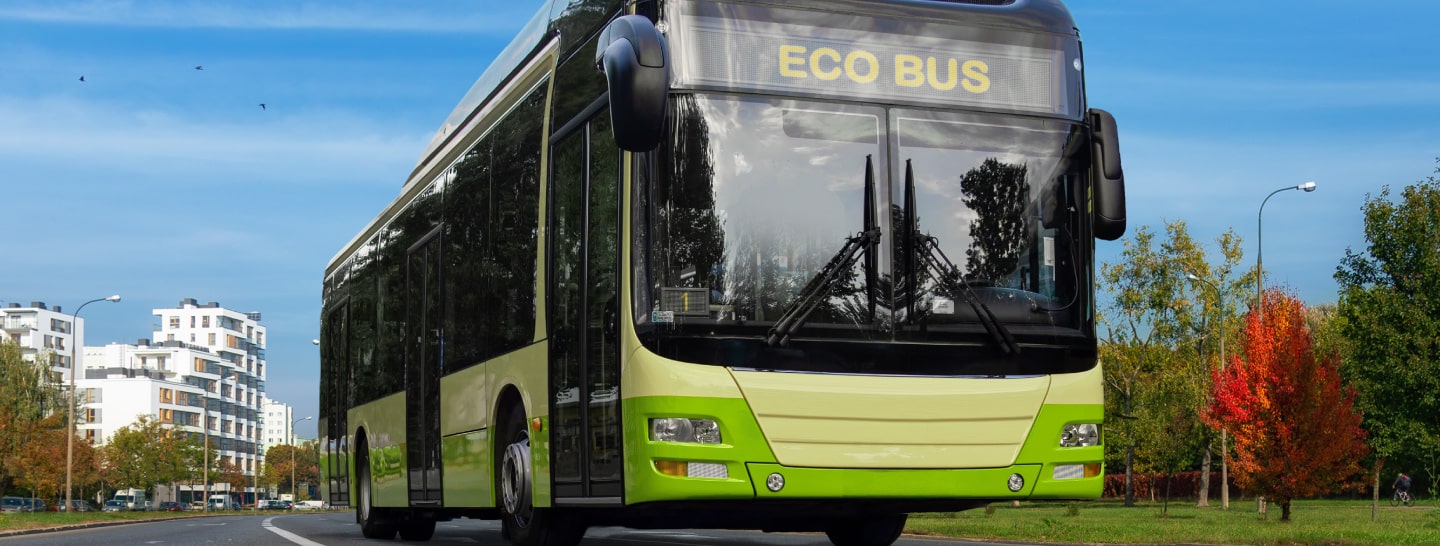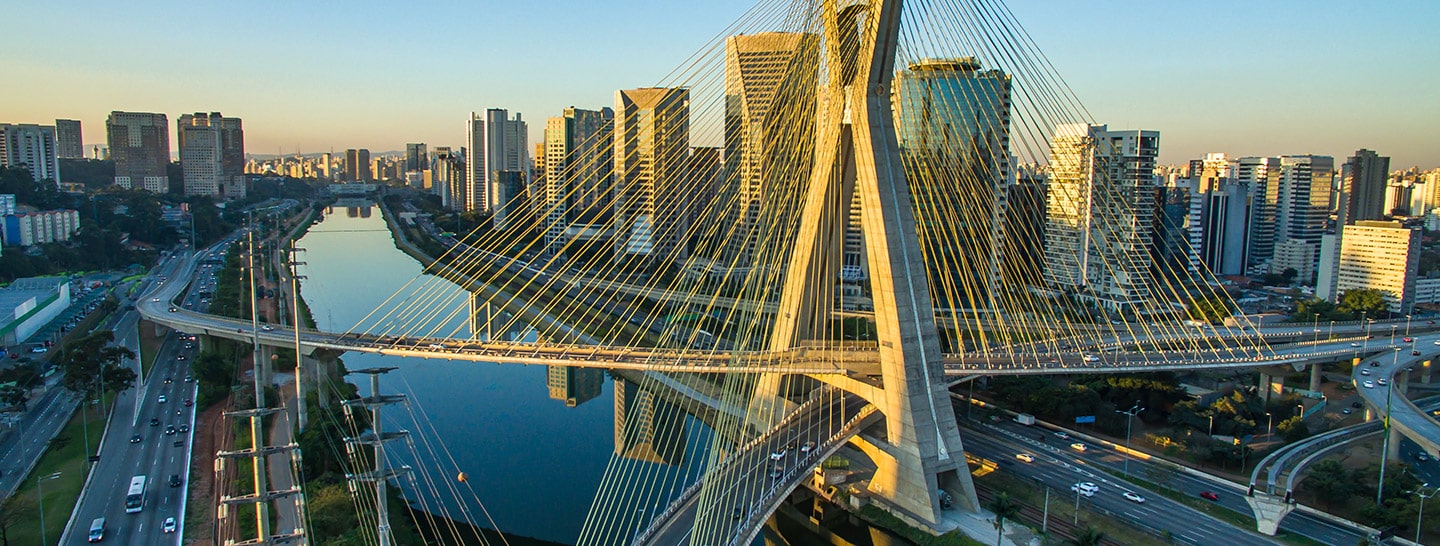A smart city is an intelligent city that integrates digital technologies into its networks, services and infrastructure making it more efficient and livable for the benefit of its inhabitants and business.
According to the European Commission, smart city means:
- Smart urban transportation networks
- Upgraded water supply and waste disposal facilities
- More efficient ways to light and heat buildings
- More interactive and responsive city administration
- Safer public spaces






















